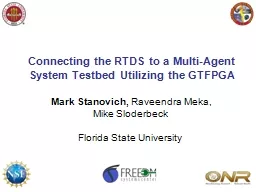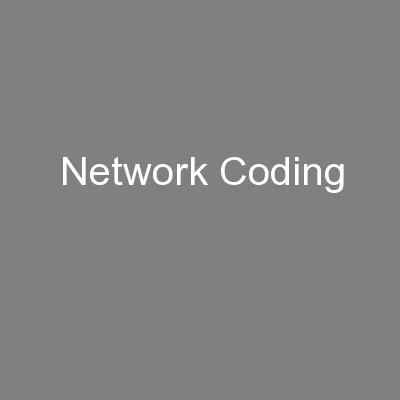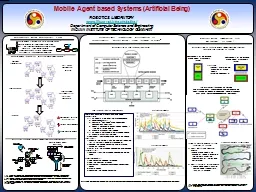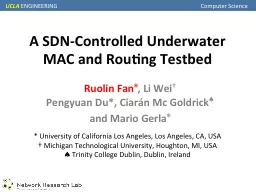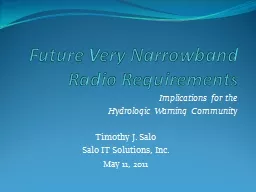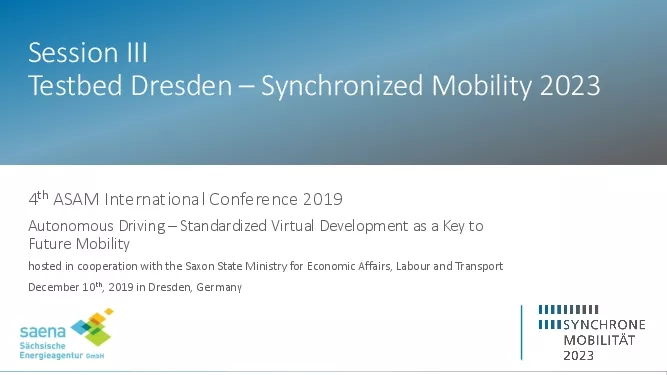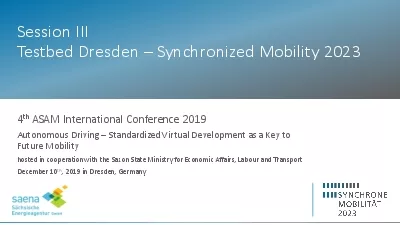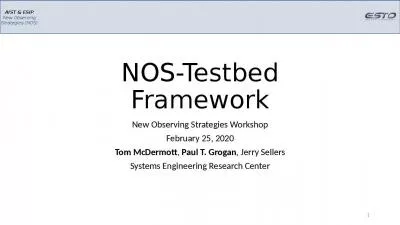PPT-Connecting the RTDS to a Multi-Agent System Testbed Utilizi
Author : danika-pritchard | Published Date : 2016-05-27
Mark Stanovich Raveendra Meka Mike Sloderbeck Florida State University Introduction Power systems are becoming much more cyberphysical Computational resources
Presentation Embed Code
Download Presentation
Download Presentation The PPT/PDF document "Connecting the RTDS to a Multi-Agent Sys..." is the property of its rightful owner. Permission is granted to download and print the materials on this website for personal, non-commercial use only, and to display it on your personal computer provided you do not modify the materials and that you retain all copyright notices contained in the materials. By downloading content from our website, you accept the terms of this agreement.
Connecting the RTDS to a Multi-Agent System Testbed Utilizi: Transcript
Download Rules Of Document
"Connecting the RTDS to a Multi-Agent System Testbed Utilizi"The content belongs to its owner. You may download and print it for personal use, without modification, and keep all copyright notices. By downloading, you agree to these terms.
Related Documents

